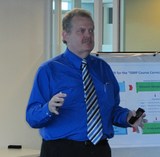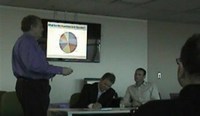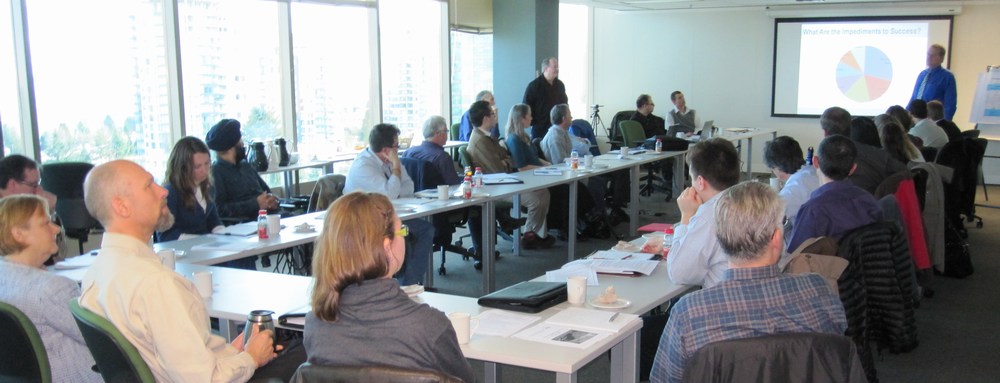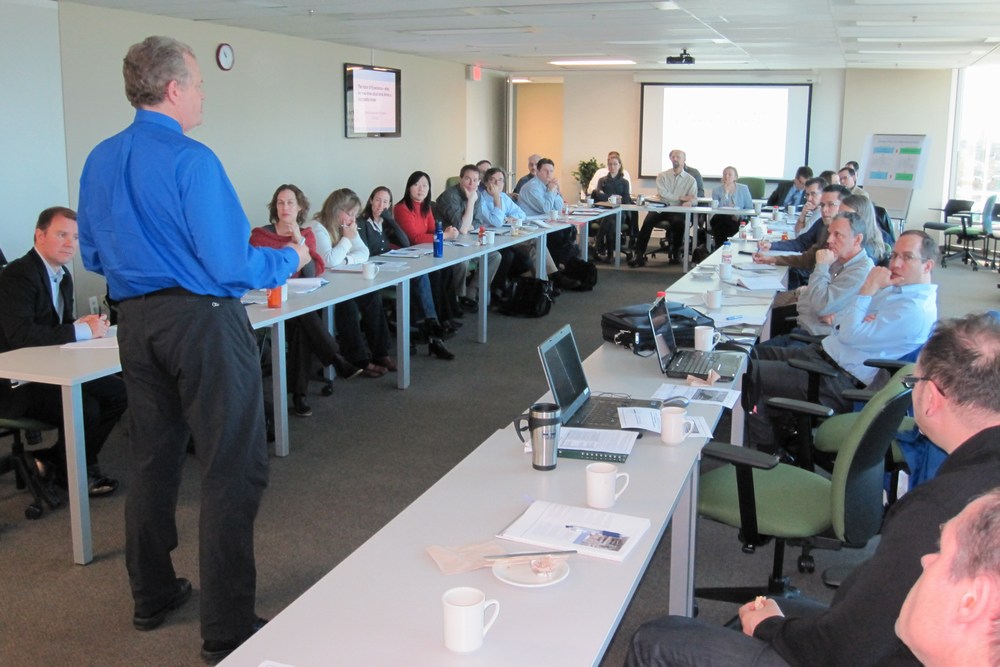Drainage Modelling in the 21st Century: What are the impediments to success?
Note to Reader:
Periodically, the Water Balance Model Partnership holds a WBM Partners Forum. These gatherings provide an opportunity for local governments to learn from each other, reflect on what has been accomplished through alignment and collaboration.
In April, Metro Vancouver hosted the 2011 Water Balance Model Partners Forum at its offices in the City of Burnaby. Dr. Charles Rowney, the Scientific Authority for the Water Balance Model and creator of the QUALHYMO calculation engine, reported out on the implications of computing technology decisions.
In providing context for the strategy behind development of the Water Balance Model, Dr. Rowney’s theme was: “The Voice of Experience – What we now know about what drives a successful model”. This is the first in a 2-part series. To access the second story, click on Drainage Modelling in the 21st Century: The Uncertainty Cascade.
Why the Water Balance Model Fills a Need
When it appointed Dr. Charles Rowney as its Scientific Authority, the Water Balance Model Partnership vested him with the authority to define, oversee and manage the technical competencies that are embedded in the Water Balance Model. This authority encompasses the computational and scientific/engineering functions. 
As such, Dr. Rowney fills two management roles, namely the management and control of Information Technology and Information Management, and the management and control of the technical underpinnings, of the Water Balance Model and related sites.
Dr. Rowney is a recognized global authority in his fields of expertise. He brings a wealth of North American and international experience to his responsibilities as WBM Scientific Authority. At the 2011 WBM Partners Forum, Dr, Rowney introduced his audience to the seven impediments to success in hydrologic modelling (refer to image below), and explained that the Water Balance Model successfully resolves 6 of 7 impediments.
The Seven Impediments
“I do a lot of talking around North America and elsewhere about models and model requirements. As a result, I have been able to distil a synthesis of the opinions of several hundred people from all around the world who have done a lot of modelling. Within this group are individuals who I consider to be the premier people in their field. When we discussed the question…what are the major issues?…seven themes emerged,” stated Dr. Rowney. He identified the seven as follows in order of priority:
- Meeting Data Needs
- Inadequate Problem Formulation
- Time / Money
- State of Practice
- Understanding
- Questionable Need
- Forecast Condition
“The number one point of pain is meeting data needs. We have all heard the stories about a model such as HSPF with 30 or 40 parameters to adjust, and the best curve-fitting engine in the world, but we can’t find the data. We can’t make it work.”
To download a PDF copy of the image below, either click here or on the image itself.
Impediments Tackled Head-On
“As we go through the seven, what is really interesting about this synthesis of an engine as compared with the framework that is the Water Balance Model….is that these seven impediments are tackled head-on.”
“One of the really neat things is that….if we take what we as a community know is required, the data needs to get to the end-point within the Water Balance Model are just minimal. They are no less than is needed; but they are no more than is needed.”
 “When you think about what is happening with this Water Balance tool in terms of consistency, and in terms of what you might call a consensus standard and agreed approach, it is formulating the problem in a way that is technically defendable…and that is workable.”
“When you think about what is happening with this Water Balance tool in terms of consistency, and in terms of what you might call a consensus standard and agreed approach, it is formulating the problem in a way that is technically defendable…and that is workable.”
“What we doing with the Water Balance Model is exciting. It is a direct attack on what it takes to get the answers. We are evolving the state of practice. (British Columbia) is the only place I know of where there is a link between the applied practice and climate change, and what are we going to do to make this a routine part of our analysis,” summarized Dr. Rowney.
What We Now Know About What Drives a Successful Model
To access the second story on Water Bucket in the 2-part series featuring Dr. Charles Rowney, click on Drainage Modelling in the 21st Century: The Uncertainty Cascade.
Posted June 2011




